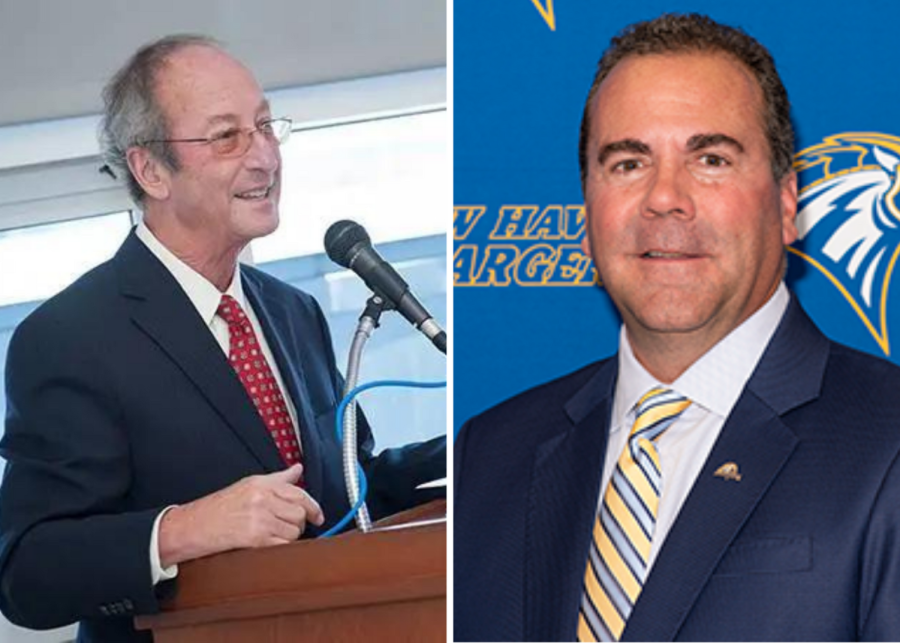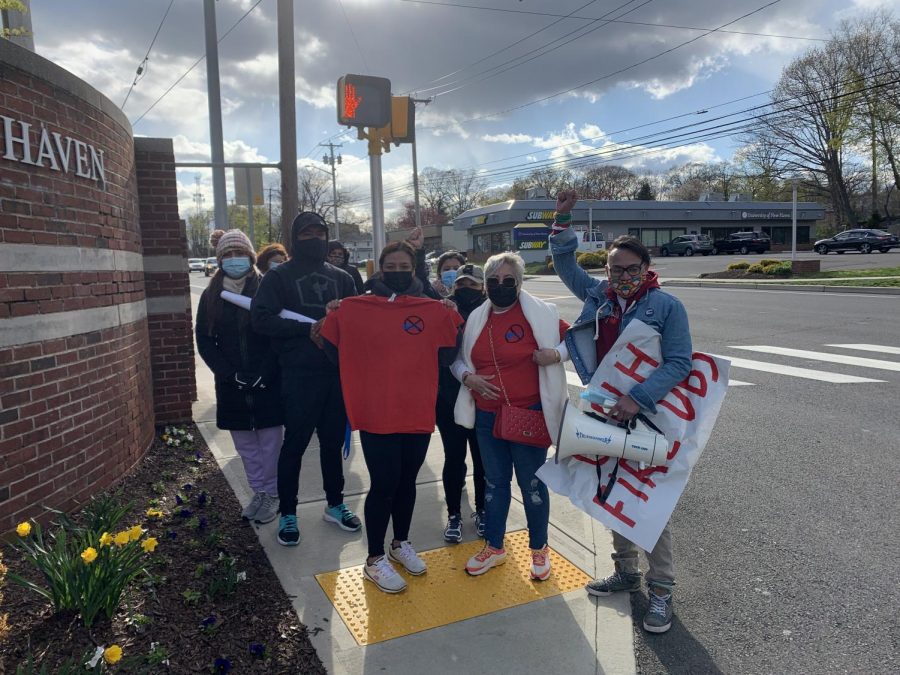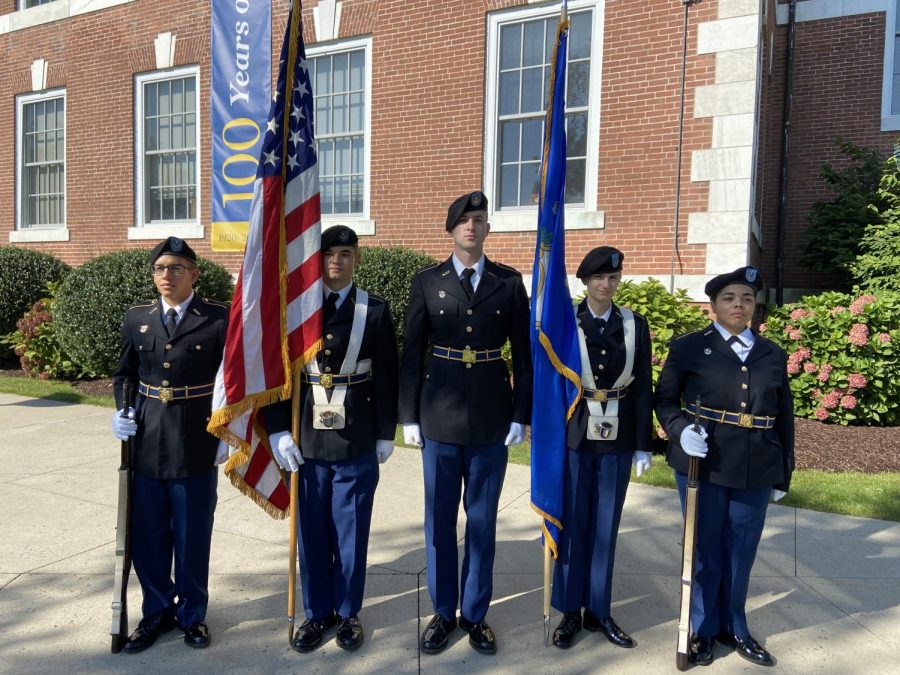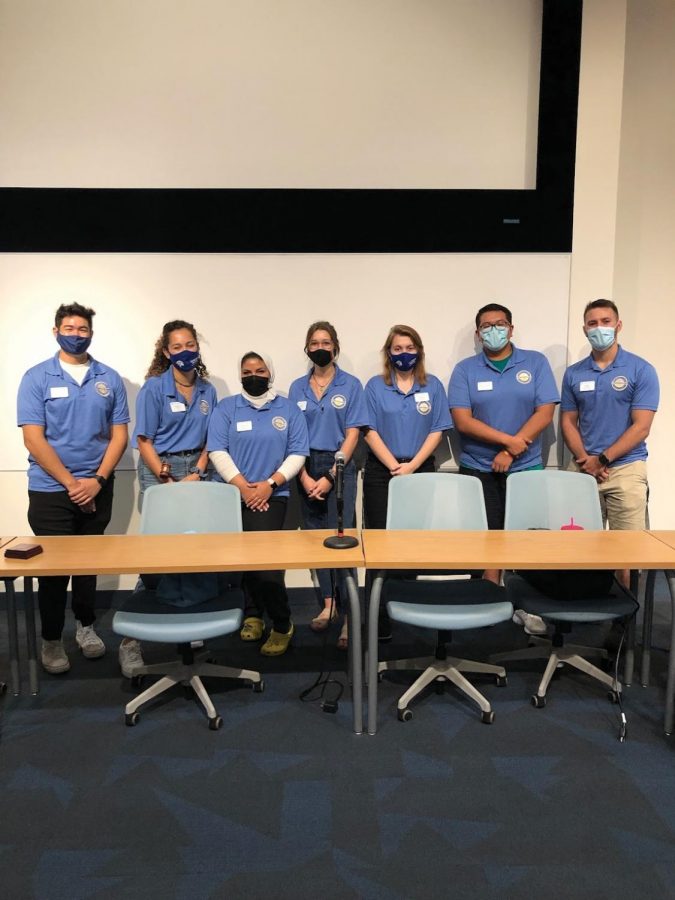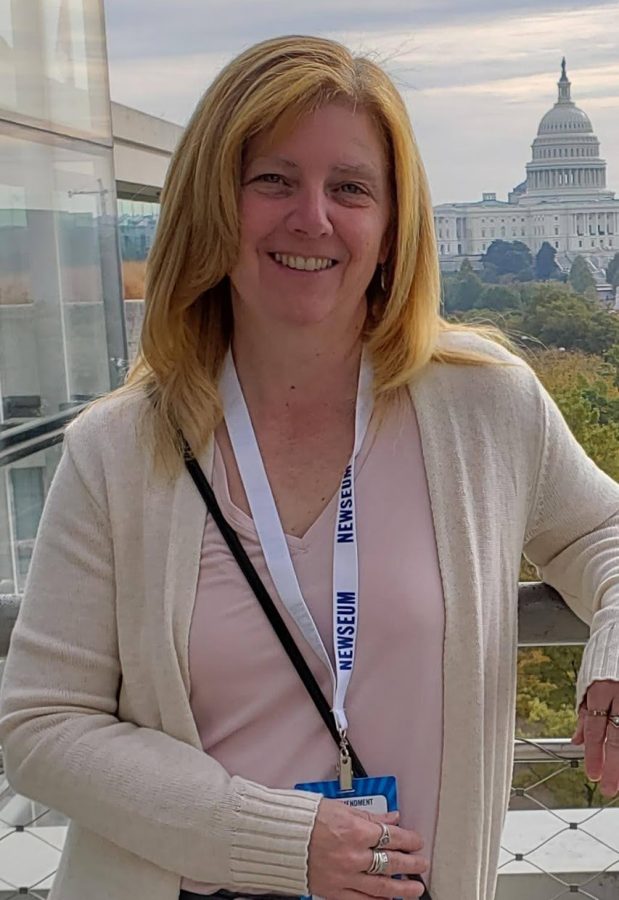The 24th Annual Arnold Markle Symposium took place Oct. 3 and 4 at the University of New Haven. The Symposium was on the topic of Police Involved Shootings, and featured speakers who are nationally recognized experts in law enforcement and forensic science, including Henry C. Lee.
Lee told some novel- worthy cases about his days as a forensic scientist. One case was about a robber who shot himself to avoid being detained by authorities but the outer clothing lacked the gunshot residue (GSR) to prove it ; the pictures on the screen that accompanied this story were not censored, giving the audience an honest view about what these occurrences are like.
It turns out that the material of the clothing had absorbed the GSR and trapped it so that the presence couldn’t be detected by only an outer swab. Lee emphasized the need for out of the box thinking and taking strategic risks, like cutting open one of the few pieces of evidence, in order to make those kinds of breakthroughs.
Lee told another story about being the only one to be able to withstand the wind in a wind tunnel at Sikorsky after using the machine to figure out the impact of wind on a bullet’s trajectory in order to predict where to find the bullet that would prove that an officer did not shoot a criminal. Kevin Kane, the State Attorney from New London spoke, discussing the idea of cooperative community relations as a key factor in managing the effects of a controversial case.
St. Louis County Prosecuting Attorney, Robert P. McCulloch, talked very openly about the investigation of the Michael Brown shooting on Aug. 9. McCulloch discussed the role of the media in this incident; how there was a lot of reporting rumors rather than evidence based statements from officials and the removal of John Belmer, who was the local police leader who had control of the situation from the beginning.
Dr. Michael M. Baden, MD, a medical examiner with 45 years of experience and over 20,000 autopsies under his belt, got the audience’s attention by opening with a joke about how his introduction sounded like a eulogy, so of course he felt right at home.
This speaker touched upon the lessons to be learned from the explosive press that covered both the Brown and Garner cases. The doctor told the audience that skin was the most important piece of evidence for a forensic pathologist but that very frequently clothes are removed despite the fact that they contribute to the makeup of the “skin” of the victim. Dr. Baden once used the clothing that had been removed from a victim to figure out what the entire team had previously thought was GSR was actually marker.
Project Longevity, which has been repeatedly commended for its successes at keeping various types of violence down in Connecticut, was the subject of attorney Deirdre Dalys’ lecture.
Dalys highlighted the group the Redside Gorilla Brims, which is a sect of the gang the Bloods. Project Longevity is credited with having positively impacted the crime rate dramatically, as there have only been 11 murders in New Haven thus far this year.
Programs like Project Longevity work by calling in various professionals that work with people on parole and on probation to avoid repeat offenses which is helping to deal with the societal issues aspects of criminal behavior.
Special Agent Patricia Farack of the FBI discussed the manipulative nature of news coverage. Her presentation centered on an experience she had when she was a young beat cop officer in New York in 1895, who was faced with the decision to either shoot a man that looked like something like the star of the Green Mile charging at her in a rage or to try to avoid confrontation by walking away. Someone called 911, so backup was on its way but she was cornered by the large angry man. Officer Farack yelled, “Does anybody mind if I shoot this guy?” and the crowd emphatically agreed with her inner assessment that this man was dangerous to her wellbeing.
Thankfully, she didn’t have to shoot because backup arrived, but she continues to wonder what outcome would have resulted if she had to pull the trigger in that instance.



